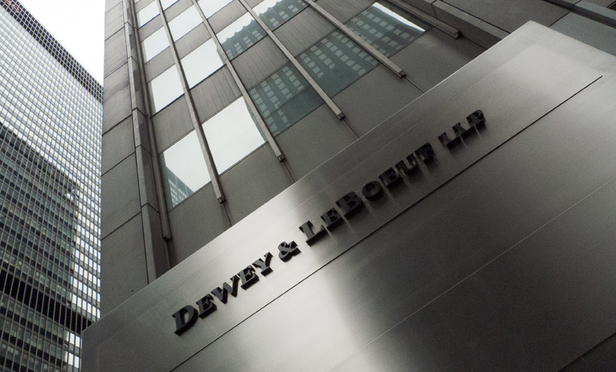Query: was it the changing business model or something deeper that brought down Big Law “superfirm” Dewey & LeBoeuf? And what can a company’s in-house legal department learn from the firm’s demise to better inform their selection of outside counsel?
The headlines have been flowing fast and furious on the spectacular collapse of Dewey & LeBoeuf (including in Corporate Counsel’s affiliate publication, The American Lawyer), once one of the world’s largest law firms with a pedigree reaching back to two-time former Republican presidential candidate Thomas E. Dewey—yes, the “Dewey Defeats Truman” guy. The story by the numbers is a tabloid editor’s dream: seven unnamed employees pleading guilty, three former top execs (and one 29-year-old former client relations manager) doing the perp walk of shame to their arraignment in New York state court, and 106 counts of grand larceny, securities fraud, conspiracy and falsifying business records.
Enron and WorldCom, BigLaw Style
Slammed by the Manhattan district attorney for running their former firm “as a criminal enterprise,” Dewey’s ex-execs are accused of carrying out a “wide-ranging campaign to manufacture fake revenue,” leading to the largest law firm bankruptcy in history. The messy publicity is an unwelcome spotlight on Big Law, already struggling under increasing financial pressures, with one chairman of another megafirm admitting to being “embarrassed to be in the same profession.” As another Big Law partner summed it up: “Not a happy day for the profession.”






